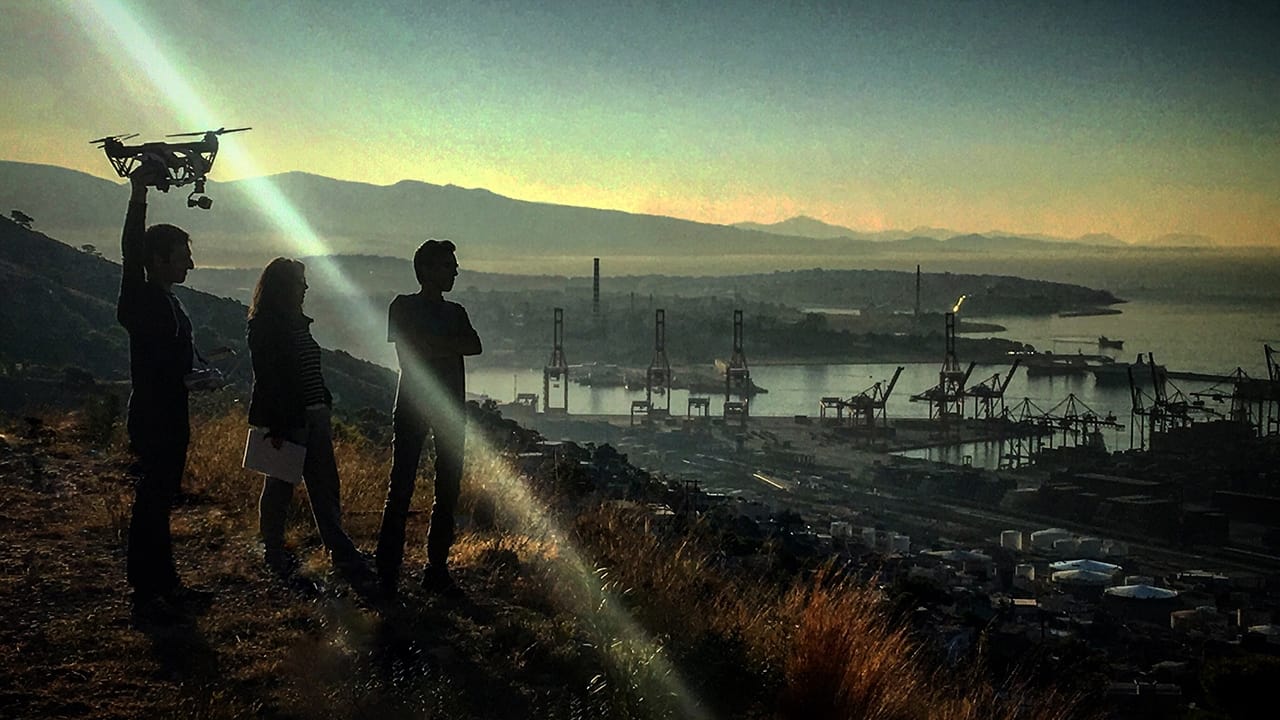The History of Greek Shipping Season 1

Based on the development of naval shipbuilding, this documentary series explores both the advance and the importance of shipping in Greece from the prehistoric period until modern times.
Watch NowWith 30 Day Free Trial!
The History of Greek Shipping
2017
Based on the development of naval shipbuilding, this documentary series explores both the advance and the importance of shipping in Greece from the prehistoric period until modern times.
Watch Trailer
The History of Greek Shipping Season 1 Full Episode Guide
After the end of World War II, Greek shipping 'soars' high thanks to flags of convenience and the new cargo ship types. In the last episode, we get to know the present and are challenged to imagine the future of Greek shipping.
In the late 19th century, the port of Piraeus starts to develop, while a bit later the first Greek ship-owners emerge. During the great wars of the 20th century, both battle and trading ships are sent to defend the country.
In post-revolutionary Greece, Navy is getting reorganized, sail shipping is blooming and Greek firms outside the borders are growing fast. With the coming of steam engine, the country’s economic-shipping system changes completely.
After the weakening of Venetian power in the Mediterranean, the Ottomans managed to dominate the Aegean. However, the Greek seamanship remains alive. Having the sea as their ally, the Greeks prepare for the Revolution of 1821.
After the Roman and the Byzantine empires, Venice, a city of 150,000 people literally built above the sea, comes to dominate the Mediterranean. Which was the role of Greeks in the development of the Venetian navy?
For the Byzantines, as for the ancient Greeks, the sea was considered a source of life and prosperity. The shipbuilding craft, however, changed direction: ships are now smaller and less luxurious, as they carry smaller cargoes.
In the Hellenistic period, Greece, thanks to its geographical position, plays a central role in the Mediterranean trade. After the Roman domination and 'Pax Romana', a new situation is formed, but Greece remains in the spotlight.
'Round' trade ships and 'long' war ships. Biremes and Samaina. Sewn boats and triremes. Discover the ships of the archaic and classical period, and unveil their critical role in the creation of the invincible ancient Greek navy.
A papyrus raft and a couple of oars were enough to cross the Aegean Sea for the first time 10,000 years ago. Since then, the Greeks never stopped travelling and evolving their ships. The famous Greek naval tradition is born…
Free Trial Channels
Seasons


























